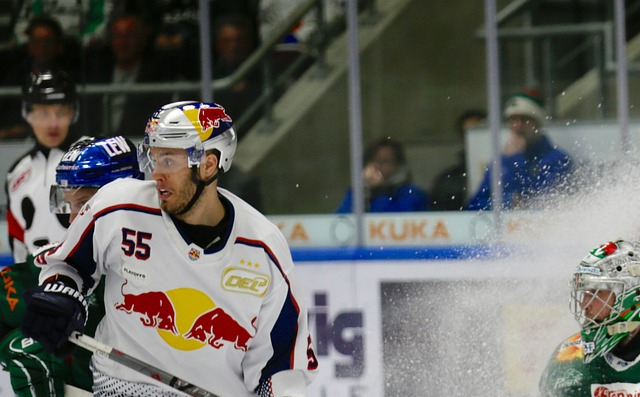What Does Offside in Hockey Mean?
Hockey is a fast-paced and exciting sport that is enjoyed by people all over the world. But, even if you’re a diehard fan of the game, there are probably some rules that you don’t understand. In this article, we will be discussing offside in hockey. What it is, what penalties can be assessed, and some additional information on the rule. We hope this article helps clear up any confusion you may have about offside in hockey!
What is Offside in Hockey?
Offside in hockey occurs when any member of the attacking team precedes the puck into the offensive zone. The rule is designed to keep players from loitering in the offensive zone and to encourage them to move the puck up the ice. If an attacking player is offside, play is whistled dead, and a faceoff will take place in the neutral zone.
There are a few different situations that can result in an offside infraction. The most common is when an attacking player enters the offensive zone before the puck. This is known as being “on-side.” If an attacking player passes the puck to a teammate who is already in the offensive zone, this is called a “two-line pass.” Two-line passes are allowed as long as the puck doesn’t cross the blue line before the receiving player. Finally, if an attacking player carries the puck into the offensive zone, he is said to be “offside.”
Penalties for Offside in Hockey
If an attacking player is offside, play is whistled dead, and a faceoff will take place in the neutral zone. If a player is called for offside more than once in the same game, he will receive a minor penalty. A second offense results in a double-minor penalty, and a third infraction leads to a major penalty. If a player receives a fourth offside penalty in the same game, he will be given a game misconduct and ejected from the contest.
The offending team will be assessed a minor penalty if an offside infraction occurs. The penalty will be either a two-minute bench minor or a four-minute double minor. If the infraction occurs during a stoppage of play, the faceoff will take place at the nearest faceoff dot in the offensive zone.
Additional Information on Offside in Hockey
There are a few situations where an offside infraction will not be called. If an attacking player is the first to touch the puck after it has been shot from behind the blue line, he will not be offside. This is known as “icing the puck.” Icing is only called if the puck is shot from behind the center red line. Another situation where an offside infraction will not be called is if the puck is deflected into the offensive zone by a teammate or an opponent.
We hope you found this article helpful in understanding offside in hockey! If you have any questions or would like to learn more about the sport, be sure to check out our other articles.
